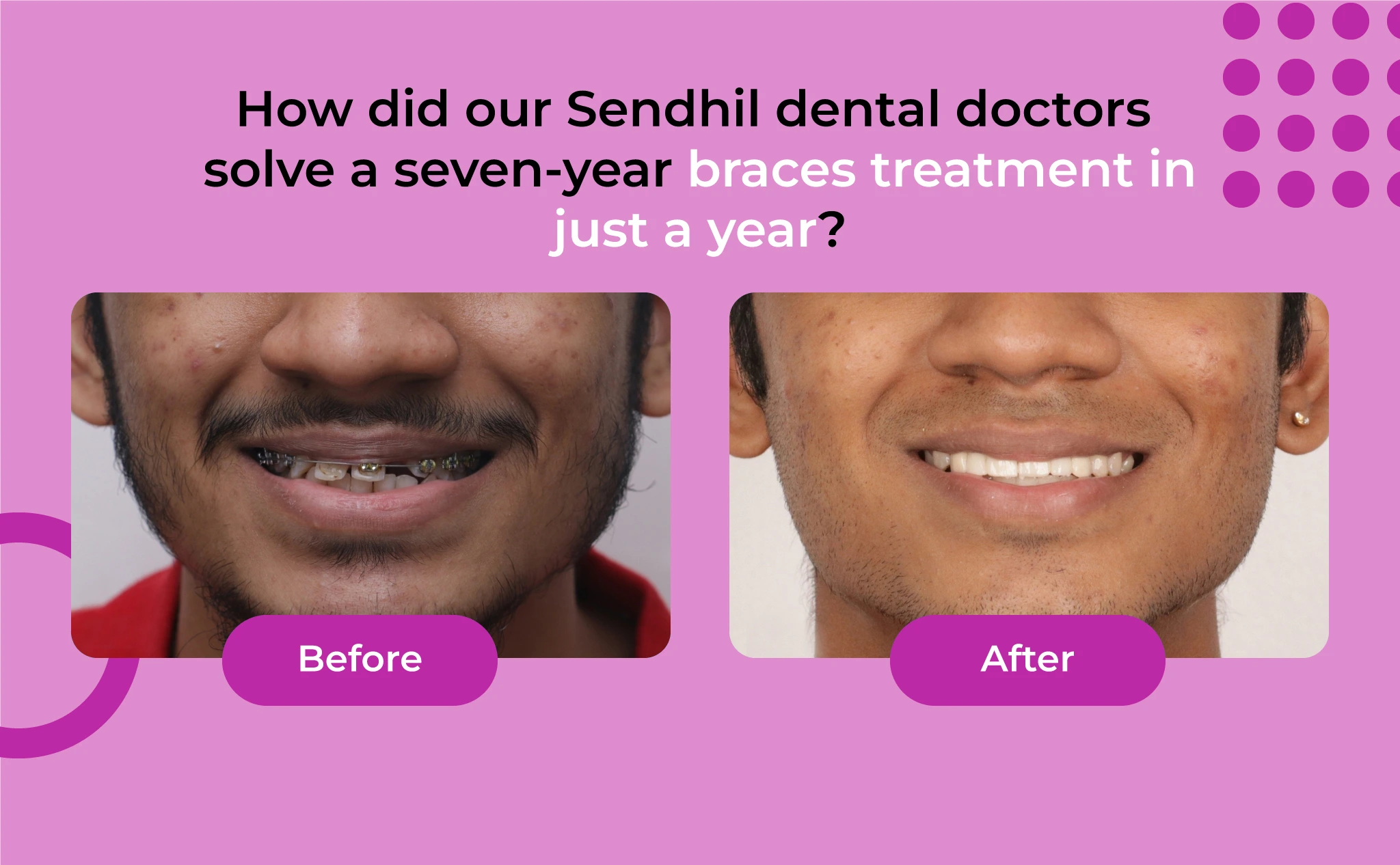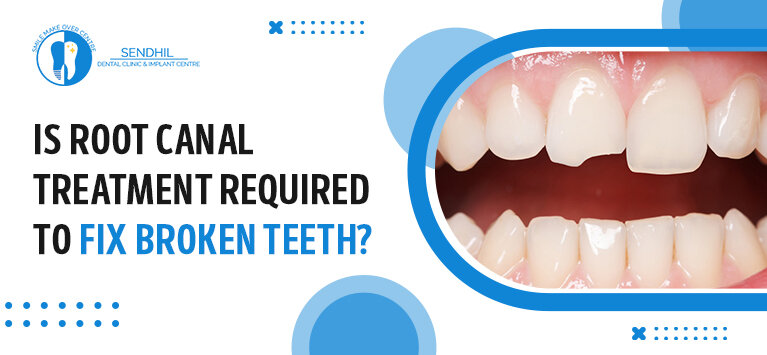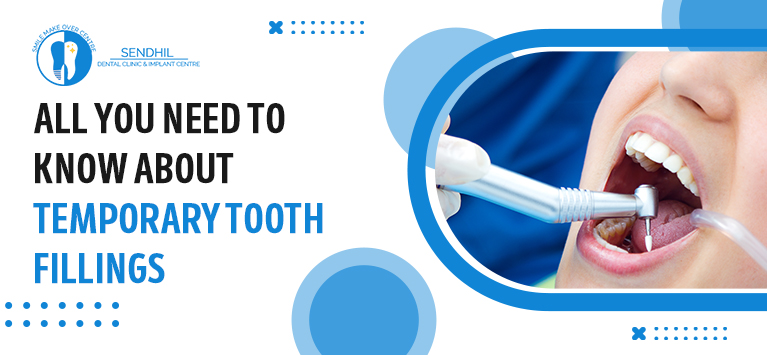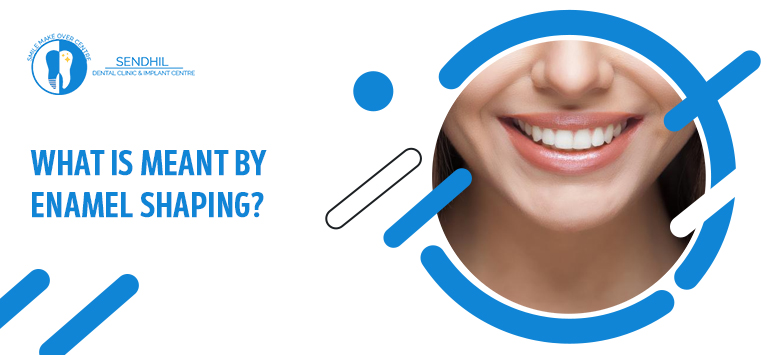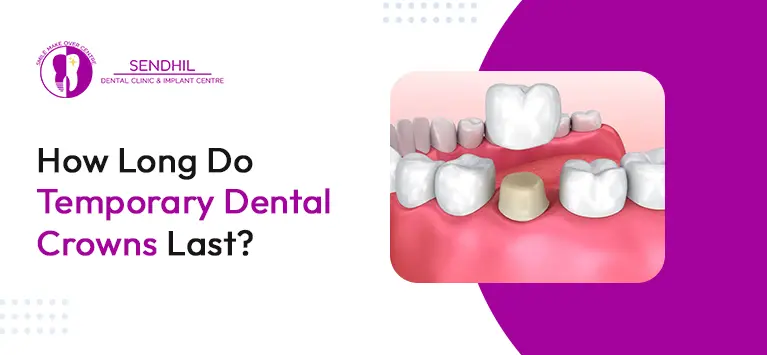Types of dental crowns
You have more than one choice to restore your teeth with dental crowns.
Dental crowns are the tooth-shaped restoration appliance which completely wraps around a tooth. The prosthetic object is useful in restoring the shape, appearance and strength of an infected or damaged tooth. It is also applicable in retaining the aesthetic appearance of a severely discolored tooth.
Apart from fixing misshaped and stained teeth, the crowns are also used along with other dental appliances as follows:
- The dental crowns are mounted on the fixed titanium implant post.
- It is used along with dental bridges to fill gaps between the teeth.
Modern dentistry offers various types of teeth crowns classified based on materials with which the appliances are fabricated.
Table of Contents
What are the different types of dental crowns?
1) Full metal crowns
Metal crowns have been used in dental restoration for many decades. Nowadays, The metallic crowns are highly rigid and bring back your actual chewing forces. Full metallic crowns are highly durable and can last longer than other types of crowns.
Typically, this crown is fabricated with non-noble metals like Palladium, Gold, Silver. Hence they do not corrode easily. The drawback of metal crowns is thy can be easily identified as they look quite dark.
The metallic crowns are applicable to fill small gaps and to restore the back molar teeth as they are out of sight.
2) All-ceramic dental crowns
Ceramic is a biocompatible, non-metallic substance. It can be easily penetrated to get different layers that can match the different teeth shades. The dental caps made up of ceramic holds the natural teeth color. Thereby dentists prefer full ceramic crowns to restore front teeth.
The all-ceramic dental crowns are also durable but are not as strong as the metal crowns. It becomes weak or breaks quickly if you apply an excess of force over the crown.
3) Gold alloys dental crowns
Gold alloys dental crowns also come under the category of metal crowns. It is because these crowns are created with a combination of gold and other metals like copper. The advantages and drawbacks of these crowns are identical to the metal crowns discussed earlier. This is quite expensive when compared to other crowns.
4) Porcelain fused to metal dental crowns
Porcelain is a ceramic material with which prosthetic appliances like veneers, dental bridges are produced. The full porcelain crowns are highly used in tooth restoration works next to ceramic.
It is also utilized with the metal alloys to fabricate crowns. Such porcelain fused metal crowns possess both the strength of metals and bring the aesthetically pleasing appearance (i.e) the crown looks like a natural tooth.
Similar to metal crowns, the porcelain fused crowns are also highly durable.
5) Zirconia Crowns
Zirconia is also an inorganic but non-metal substance. Similar to ceramic and porcelain, it holds a natural white color. Hence the crowns produced with zirconia are highly translucent and can effectively bring back the natural look of a tooth.
The biggest advantage of this crown is its strength. Zirconia crowns are five times stronger than porcelain or ceramic crowns and porcelain fused metal crowns.
Prosthodontists suggest teeth caps fabricated with zirconia to people who are allergic to metallic substances.
The life of a dental cap can be extended with proper care and cleaning actions. You should take care of the appliance like the natural teeth because the underlying natural portion of a crowned tooth is still susceptible to infections. Such unnoticed infections underneath a crown create serious dental ailments.


